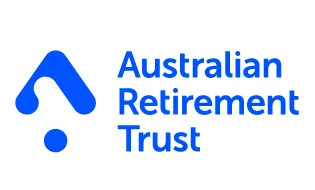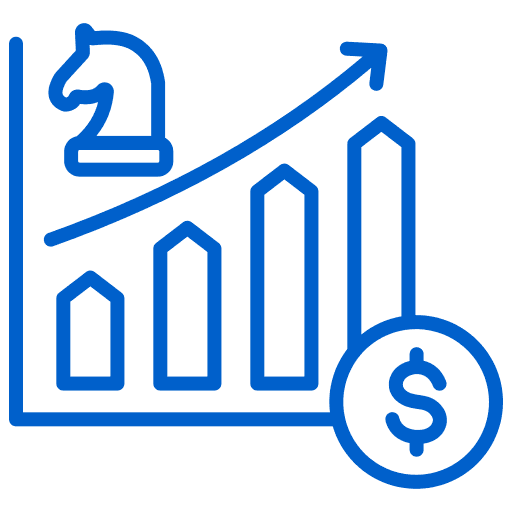How to choose the right super fund for you

If you're under 35
Because you have so much time on your hands, it's generally recommended you invest via a high-growth investment option. Shares can be volatile in the short term but continue to perform exceptionally well over the long term.

If you're 35–55
You still have 10–30 years before retirement, which is still plenty of time to stay invested in a high-growth option. As you get closer to 50 you may have a lower risk tolerance and could consider gradually reducing your exposure to shares by switching to a balanced investment option.

If you're over 55
As you get closer to retirement it's generally advised to have a more balanced mix of investments. Your super will stay invested for many years even after you turn 55 so it's important to have some exposure to shares so your balance continues to grow, but you might not want all your balance invested in shares.
Remember, there's no set rule for how you should invest based on your age alone, these are just some general ideas to get you started.



























 You pay nothing. Finder is free to use. And you pay the same as going direct. No markups, no hidden fees. Guaranteed.
You pay nothing. Finder is free to use. And you pay the same as going direct. No markups, no hidden fees. Guaranteed.
 You save time. We spend 100s of hours researching super funds so you can sort the gold from the junk faster.
You save time. We spend 100s of hours researching super funds so you can sort the gold from the junk faster. You compare more. Our comparison tools bring you more super funds from across the market.
You compare more. Our comparison tools bring you more super funds from across the market.


I live in the UK and cannot get onto the ATO site aas the app does not work everytime i try. I have lost super that i want to consolidate from over 20 years ago. Please can you tell me how to do this. I can provide email, address, tfn ?
Hi Pietra, If you can’t use the app or log on online via a web browser, you’ll need to contact the ATO directly to start the consolidation process. You can contact them on 13 28 61. You can read more about consolidation in our detailed guide. Hope this helps.
Hello.
For the super comparison, is performance per annum net of fees?
Thanks so much,
Tania
Hi Tania, The performance comparison doesn’t show the impact of fees directly, since these will vary depending on your balance and any insurance options you choose. We do show the annual fee on a $50,000 balance to help you compare more effectively.
On your comparison sheet and for the Bendigo Smartstart Super – Growth Index fund it tells me the last 1 year performance has been 8.74%, however, Bendigo in their performance reports for the 30 Nov 2023 is showing 4.84% (being for the period 1/12/2022 – 30/11/2023). I acknowledge that at the bottom of each comparison page you state the past performance data is for the period ending June 2023 ( presumably meaning 1/7/22 – 30/6/2023). Can you please explain the difference when the same Bendigo report for three years shows only 4.58%. https://www.bendigosuperannuation.com.au/globalassets/documents/bendigo-superannuation/reports/bendigo-smartstart-investment-performance-report.pdf
Hi B, We reached out to Bendigo with your question. They stated that the difference in reported returns is due to market volatility and strong performance at different times, which reflects a different amount in the 1 year performance from Nov 2023. Hope this clarifies it for you.
Im looking at the fee difference between Super funds and ETF’s some etfs charge a (mer )of 0.03%where super funds charge 0.75 to1.25% ????why would i stay with a super fund ????
Hi Gary,
Yes the fees and charges from different super funds can vary, along with the insurance products they offer, their performance and the types of investment funds they offer. Some people are happy to pay higher fees because it aligns with their values (eg. eco-funds), because they are happy with the fund’s performance and okay paying a higher fee, or sometimes people pay too much in fees because they don’t realise there’s better value available.
If i select a strategy that holds ETFs in my super fund, will I pay lower fees? Do you have any info on this?
Hi Frank,
This is a difficult question to answer as it depends on what kind of fee costs you’re comparing to. By holding ETFs within your super fund, you’re paying both the ETF management fee and the super fund’s fees.
This will probably cost you more in fees than an indexed super fund (typically a lower fee option).
But if you’re comparing holding ETFs in your super fund to, say, an actively managed fund it might be cheaper. Actively managed funds tend to have higher fees, and many studies have shown that passively managed index funds and ETFs typically perform better.